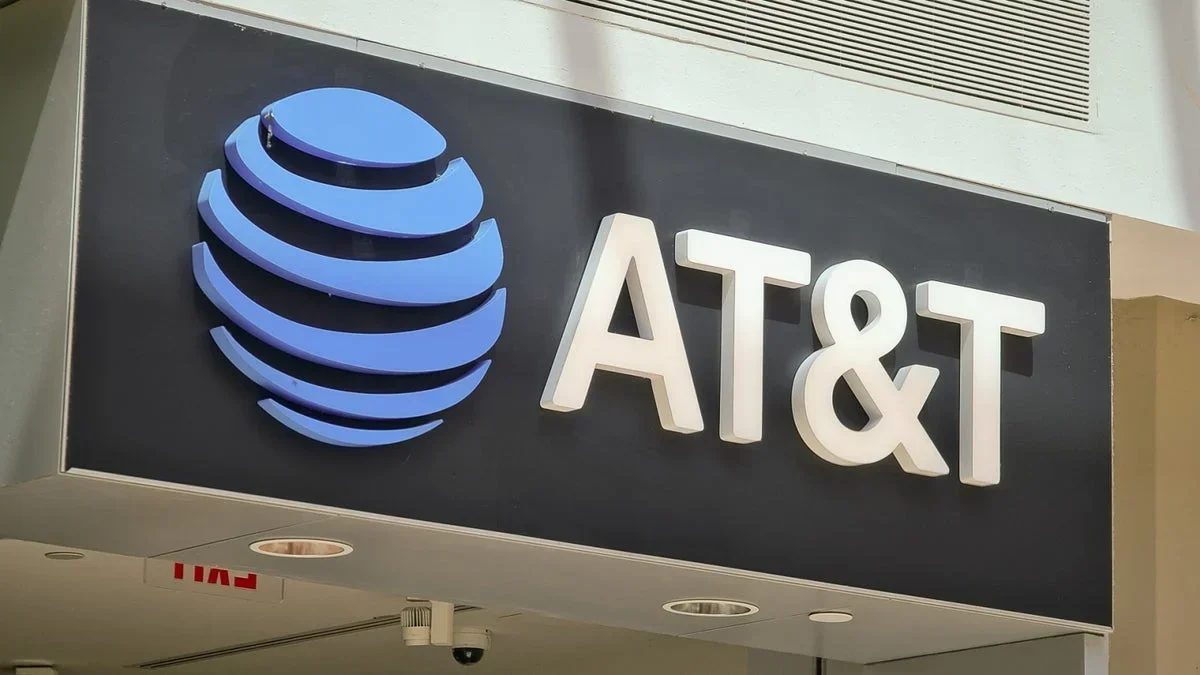
For the first time, an automation app developed by an independent software provider has been used to optimize a commercial mobile network.
This type of software, known as an rApp (short for RAN application), is designed to help automate and improve how a wireless network operates. RAN stands for Radio Access Network, which is the part of a telecom network that connects users’ devices – in other words, our beloved phones – to the core network using cell towers.
This milestone represents a significant leap forward in our commitment to openness and collaboration. By embracing third-party innovation on our network and platform, we’re signaling that diverse solutions play a key role in the future of commercial networks. We look forward to seeing the new levels of innovation, agility, and efficiency that programmability will unlock.
– Rob Soni, VP of RAN Technology at AT&TJuly 2025
The rApp ran successfully on AT&T‘s network in July, using Ericsson’s Intelligent Automation Platform (EIAP). That’s a system that allows different automation tools and software to work together across various vendors and technologies. The deployment followed a period of testing to ensure the software could safely and effectively operate on a real-world network.Traditionally, mobile networks relied on something called SON. That’s short for Self-Organizing Networks, which are built by a single vendor, but they can limit flexibility and innovation. Now, thanks to initiatives like the Open RAN Alliance, networks are moving toward a more open design. This approach allows carriers like AT&T to integrate software from different sources using standardized interfaces, such as R1, which enables apps (rApps) to communicate with the network’s management systems.
This milestone also highlights the growing trust in Ericsson’s automation platform and its community of software developers. The EIAP ecosystem now includes over 60 companies, ranging from telecom providers to independent developers. With a directory showcasing more than 60 rApps, the platform offers the tools needed to build, test, share, and run automation software across modern 4G and 5G networks.
Ericsson’s Anders Vestergren, Head of Network Management Solutions, said the success of this deployment demonstrates real progress toward open collaboration in telecom. It not only showcases the practical use of Open RAN standards but also sets the stage for the next generation of automated, intelligent networks that can deliver greater value across the industry.





